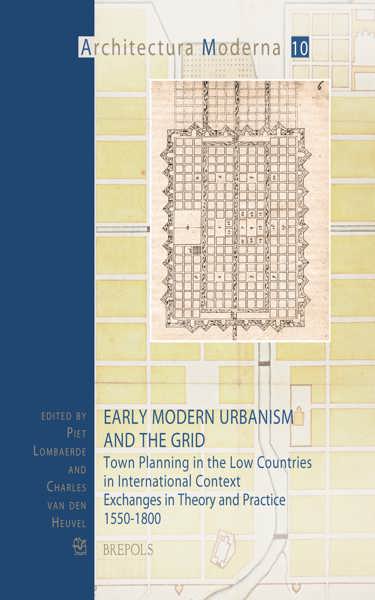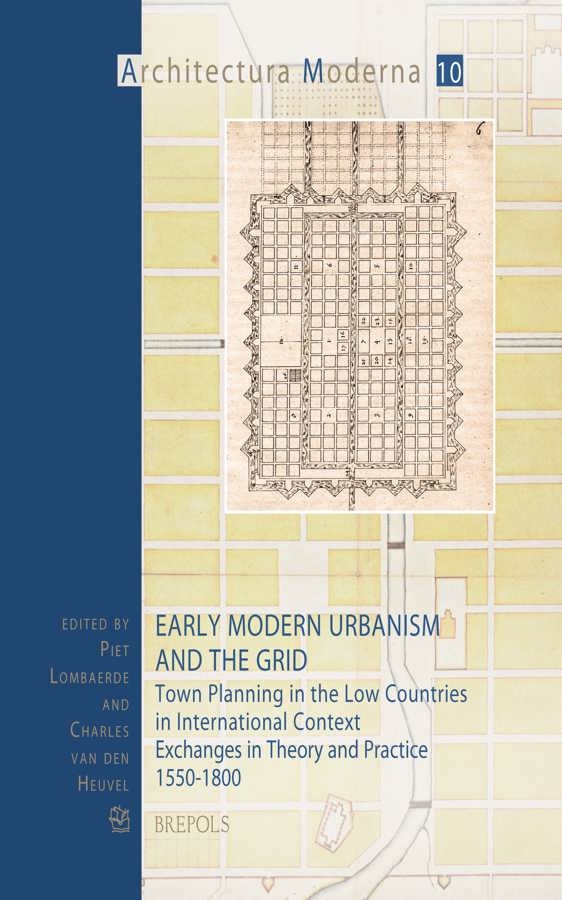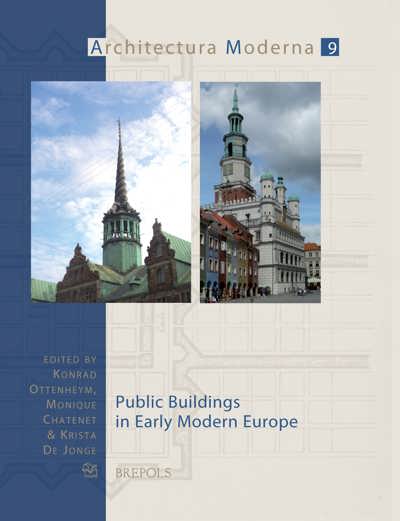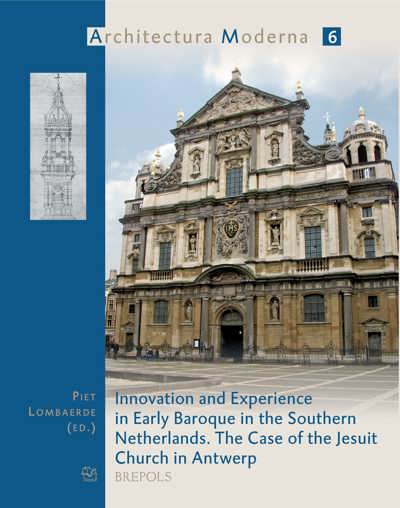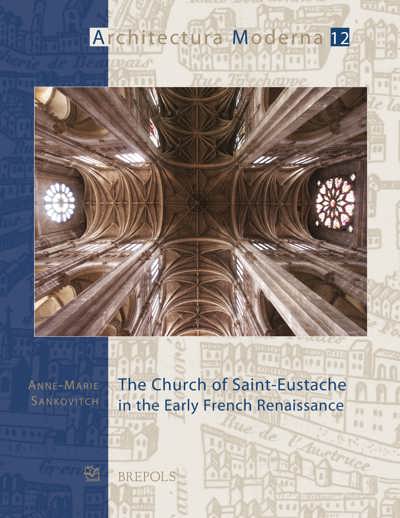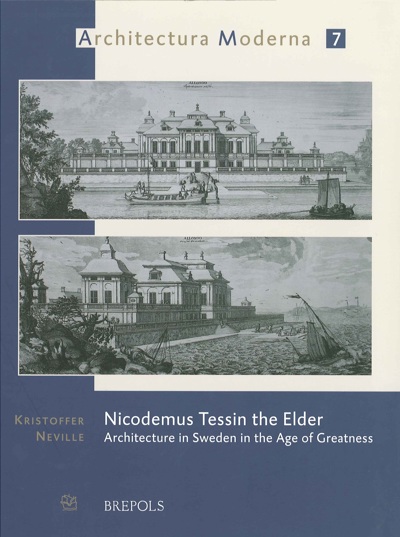
Early Modern Urbanism and the Grid
Town Planning in the Low Countries in International Context. Exchanges in Theory and Practice 1550-1800
Piet Lombaerde, Charles van den Heuvel (eds)
- Pages: 272 p.
- Size:220 x 280 mm
- Illustrations:172 b/w, 18 col.
- Language(s):English
- Publication Year:2011
- € 75,00 EXCL. VAT RETAIL PRICE
- ISBN: 978-2-503-54073-3
- Paperback
- Available
- € 75,00 EXCL. VAT RETAIL PRICE
- ISBN: 978-2-503-55632-1
- E-book
- Available
"Völlig zu Recht verfolgt der Band die Grundintention einer Wendung gegen die Abbildtheorie des Rasters. Gerade dieser Ansatz aber erlaubt und fordert es, jeden einzelnen Plan und jede einzelne Stadt als einzigartiges Gebilde zu verstehen, das als eigenständige und exemplarische Realisation in je konkreten Planungssituationen bestand." (Christof Baier, in: H-ArtHist, 12.10.2012)
"In the quest for the grid, in the tracing of it as a formal shape and as practical geometric device and image in books, prints, and maps, this book gathers various interesting contributions (...)." (Freek Schmidt, in: Architectural Histories 1 (1): 15)
"Lavishly illustrated and with an up-to-date bibliography, it presents the fruits of recent research and points in a variety of directions for where this research can go in the future." (Michael Wolfe, in: Sixteenth Century Journal, XLV/1, 2014, p.283)
From the late sixteenth century until around 1800, new ideas and practices of urban planning and the implementation of public buildings, water works and fortifications from the Low Countries were disseminated across Europe and America. Engineers, mathematicians and other scientists in the Low Countries applied methods of design and land surveying that were gradually assimilated and often modified following exchanges within local practice. In some cases, models were projected onto the existing situation. This phenomenon of disseminating and exchanging theoretical models and practical methods between the Low Countries, Europe and its colonies during this period developed into a new Early Modern Urbanism movement within the Western World.
Grid-like plans figured prominently in these processes of dissemination and exchange. In the Low Countries, grid-like structures allowed a comprehensive approach to a multitude of complex problems in urban planning (for example, the connection of canals, streets and fortifications) in parts of existing towns, as well as in city extensions and ex novo cities. Moreover, the experimental approaches in Antwerp and other urban laboratories resulted in new theories on town planning and fortification as well. Given the distinct cultures of the Catholic Spanish Southern Netherlands and the Republican, Dutch Calvinist Northern Netherlands, the Low Countries provide an excellent case for studying the identity of urban forms. Both engaged in enormous expansion overseas, and the simultaneous exchange of practices between the southern and northern parts of the Low Countries lead to the combination of identities. In this new volume in the Architectura Moderna series, various scholars examine the dissemination of practical methods and theoretical models of urban planning from the Northern and Southern Low Countries, in addition to exchanges with local practices in Northern and Central Europe and in the New World.
Piet Lombaerde is professor in history and theory of architecture, urbanism and fortification at the Faculty of Design Sciences of the University College of Antwerp (UA).
Charles van den Heuvel is Head Research of History of Science at the Huygens Institute for the History of the Netherlands of the Royal Netherlands Academy of Arts and Sciences.
